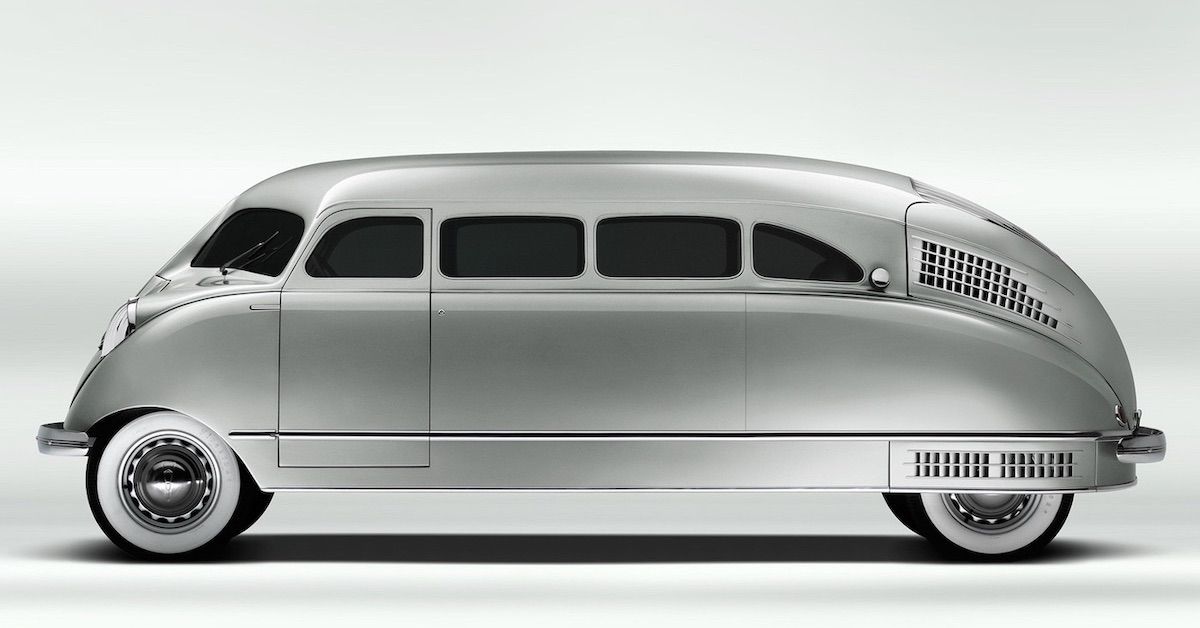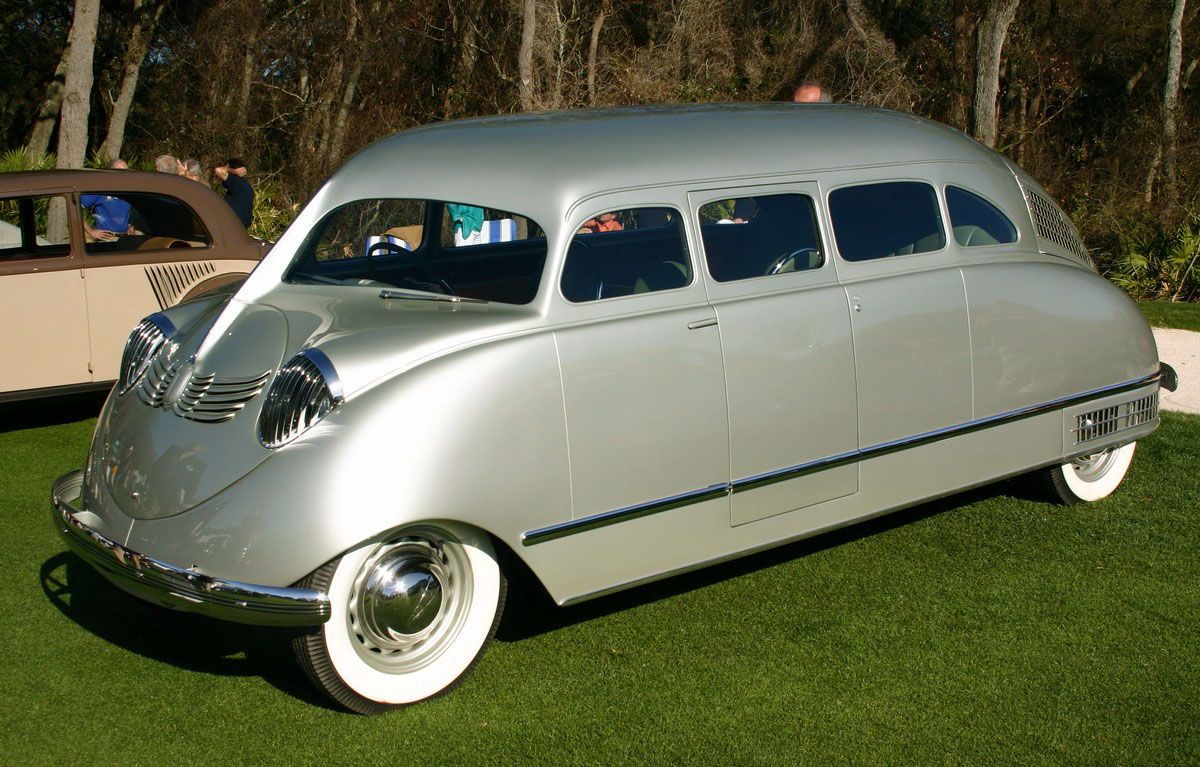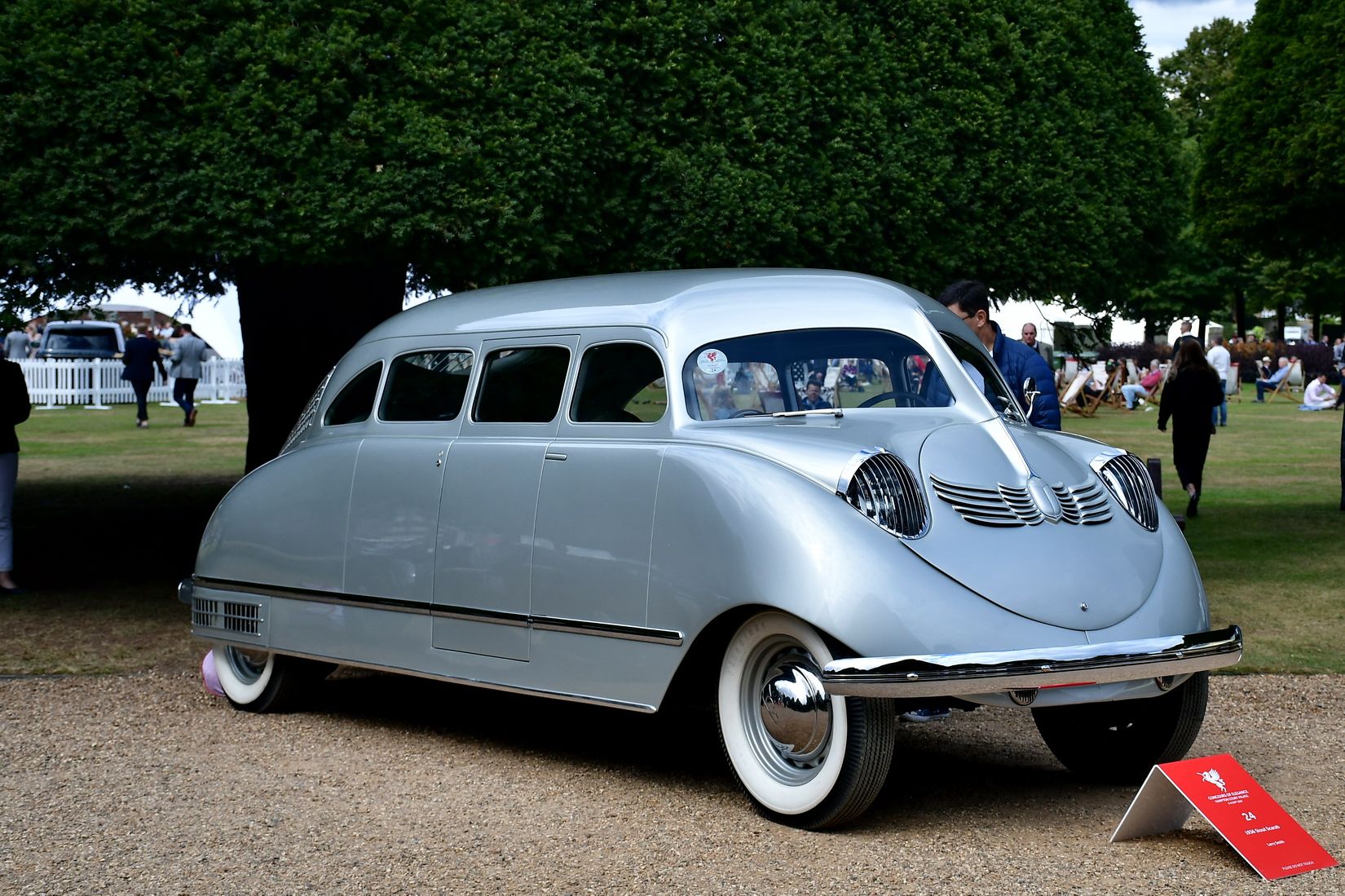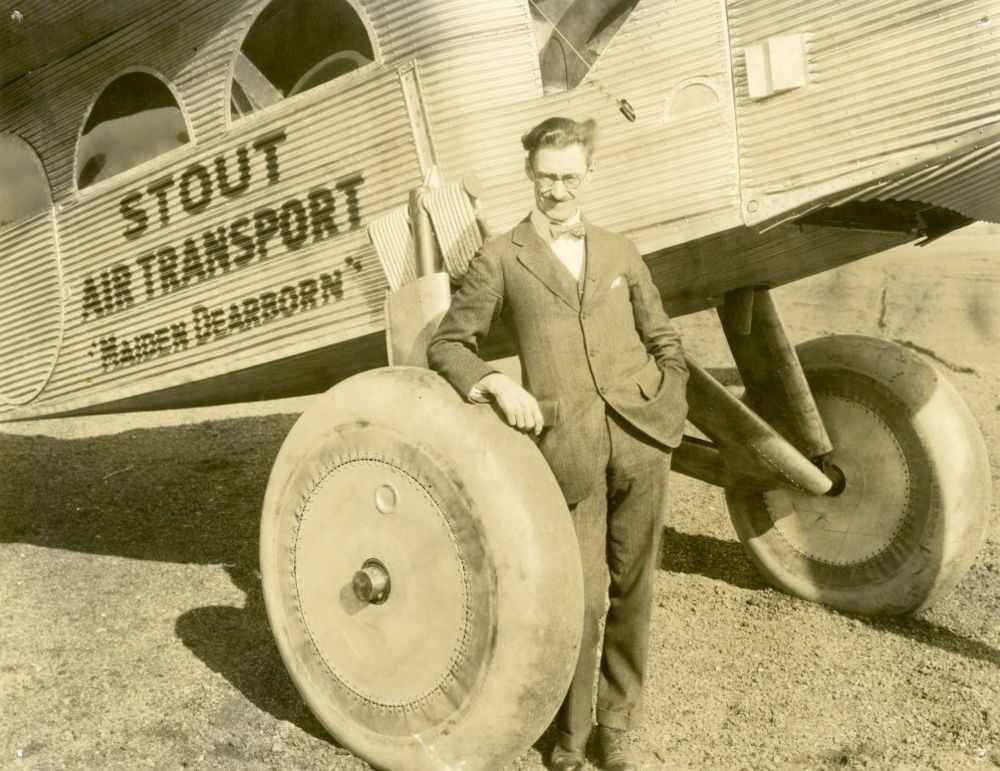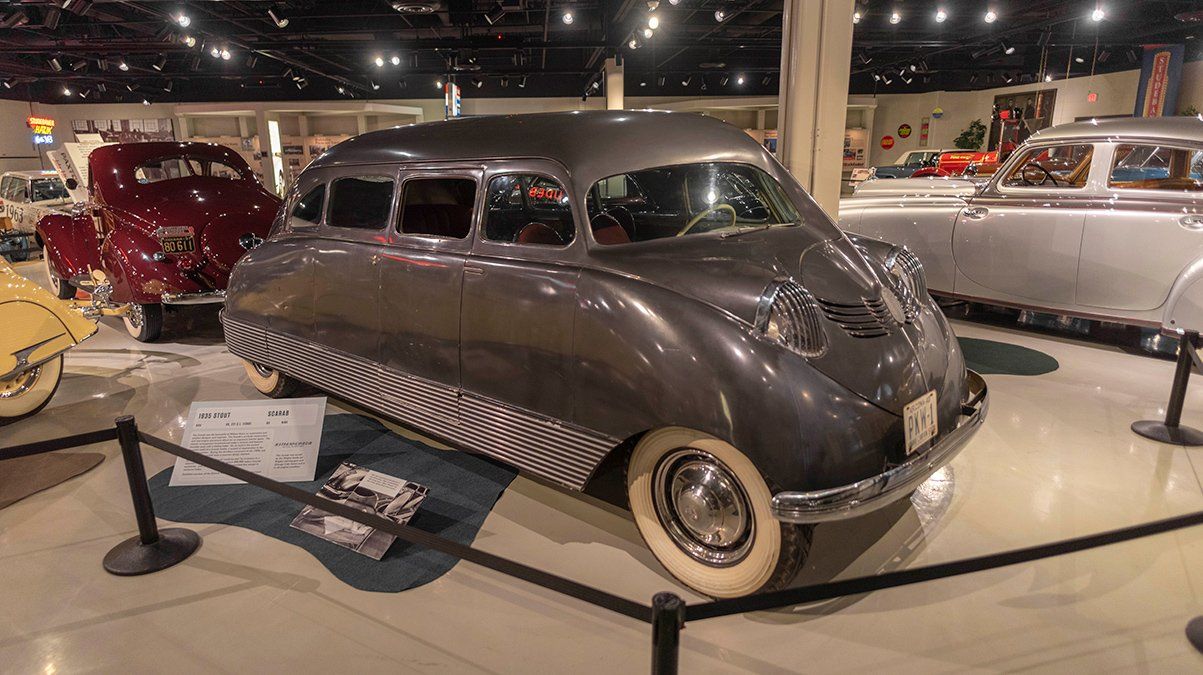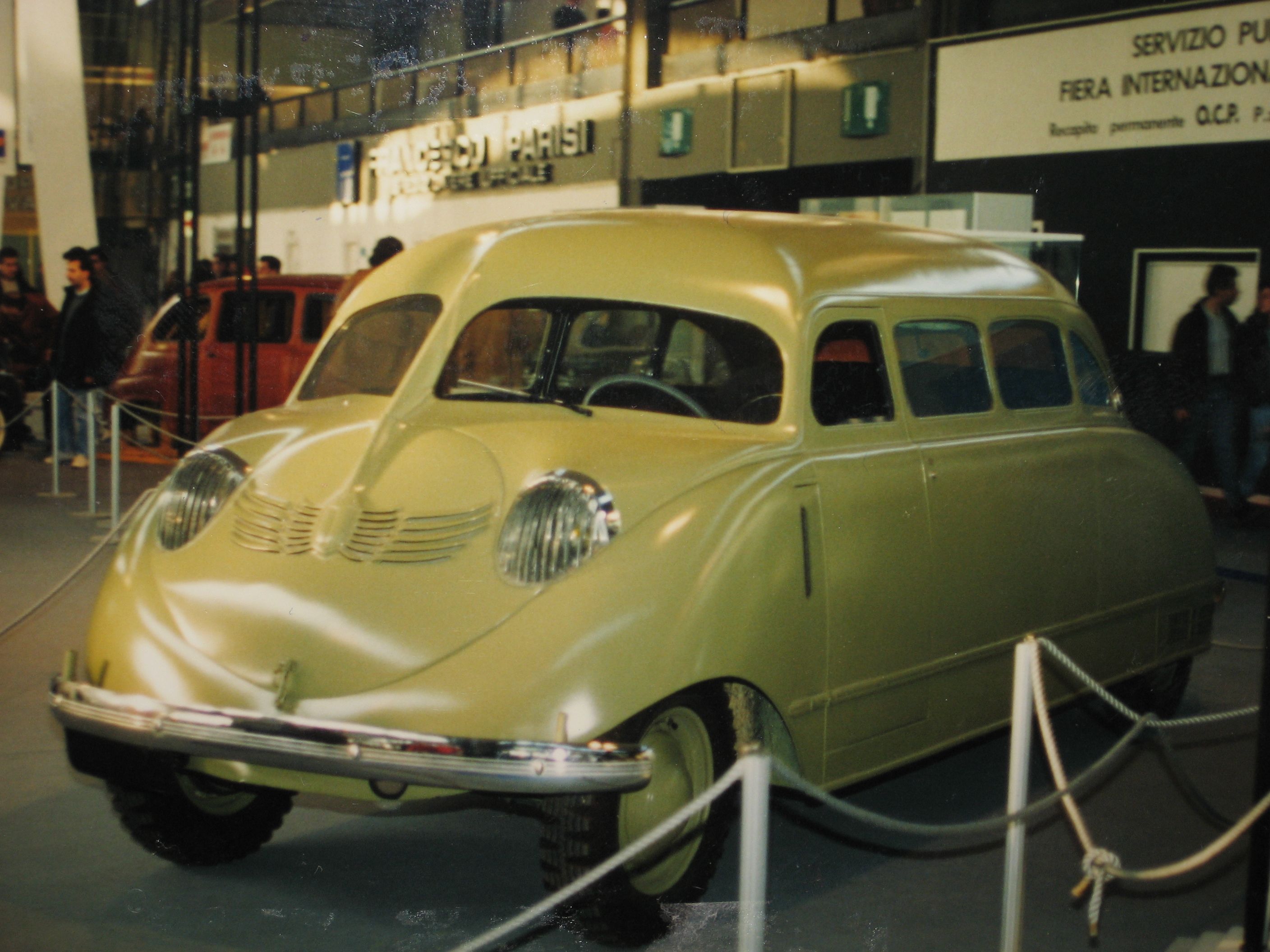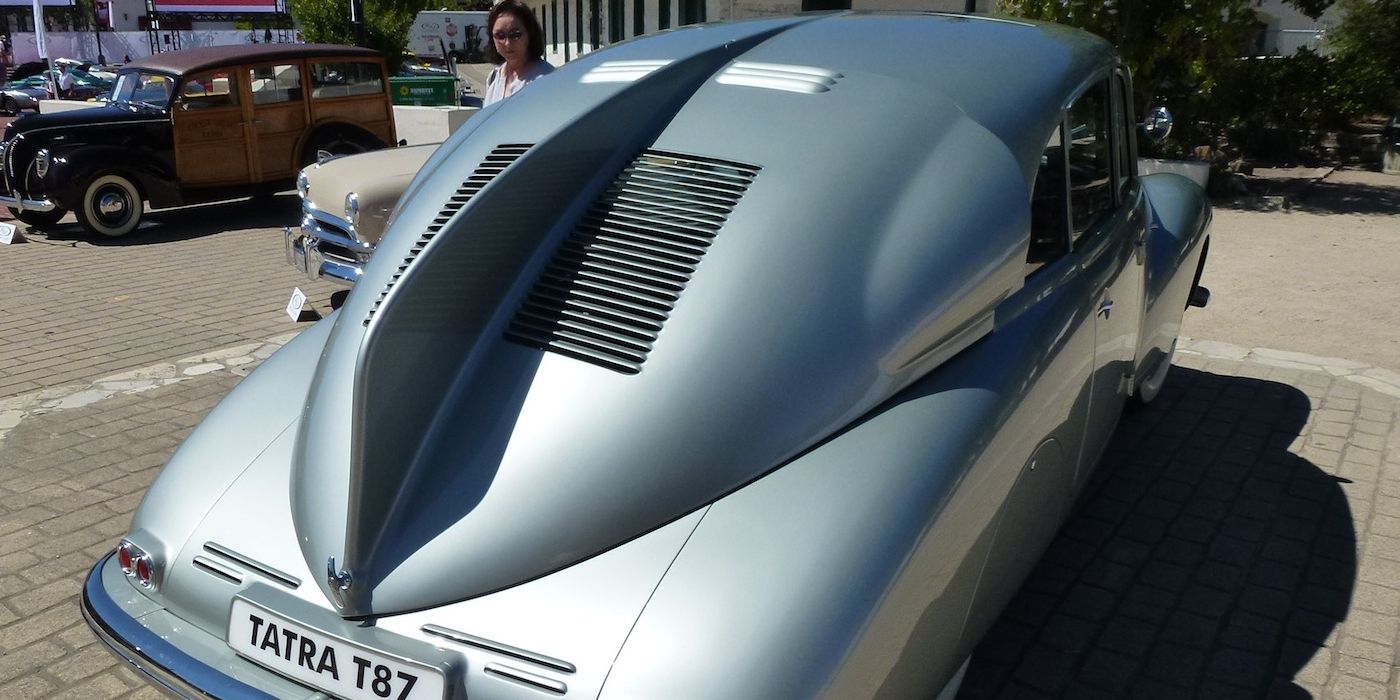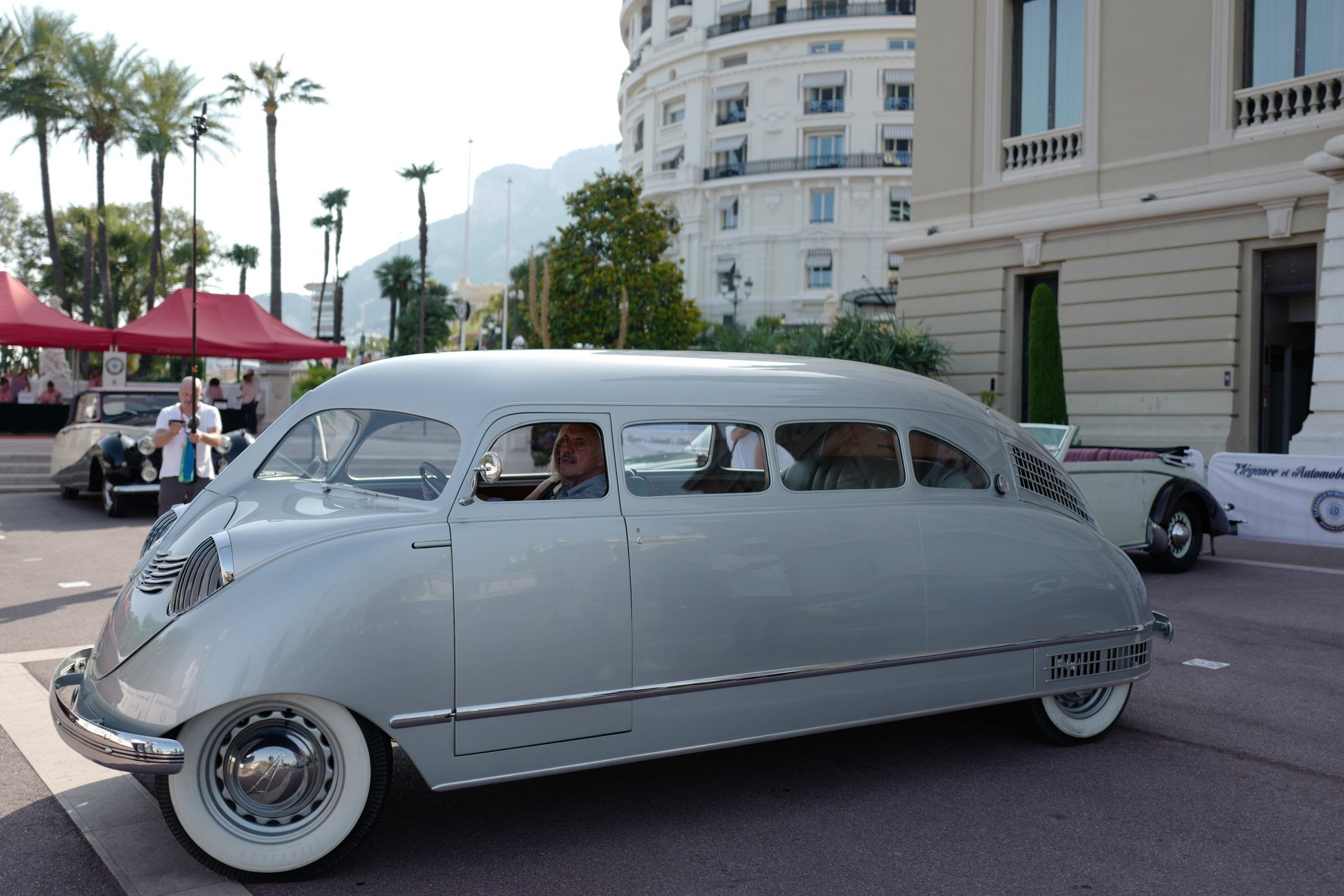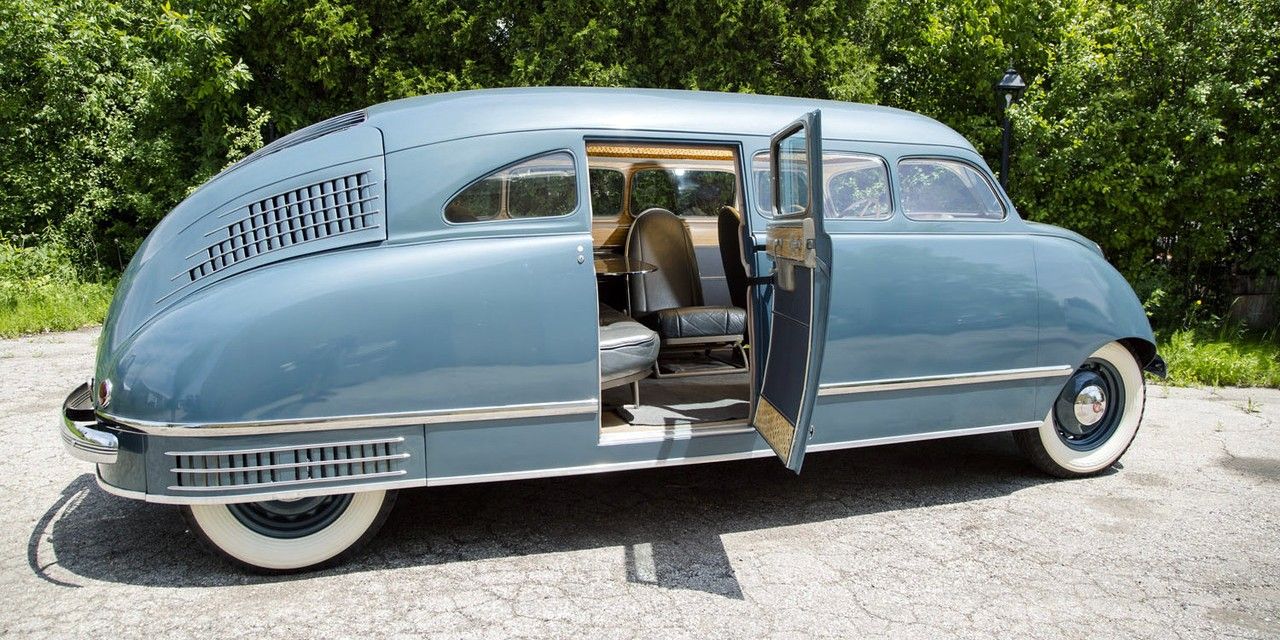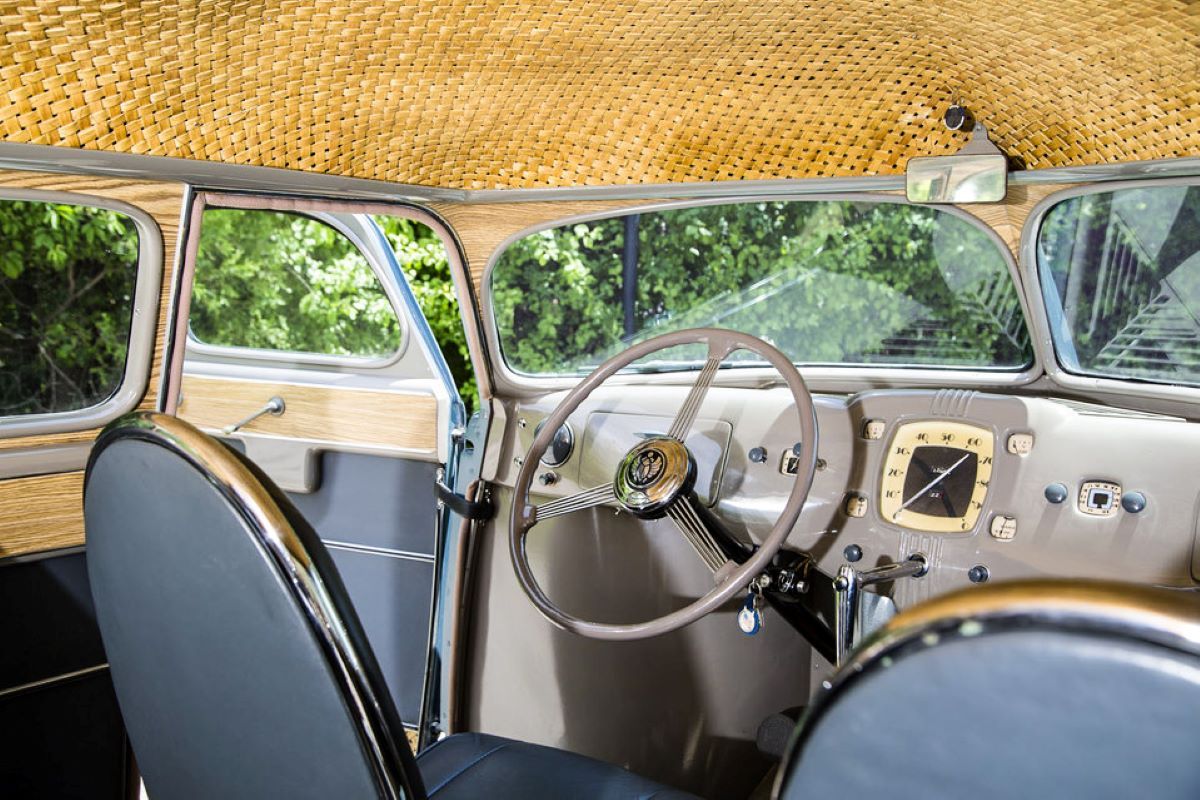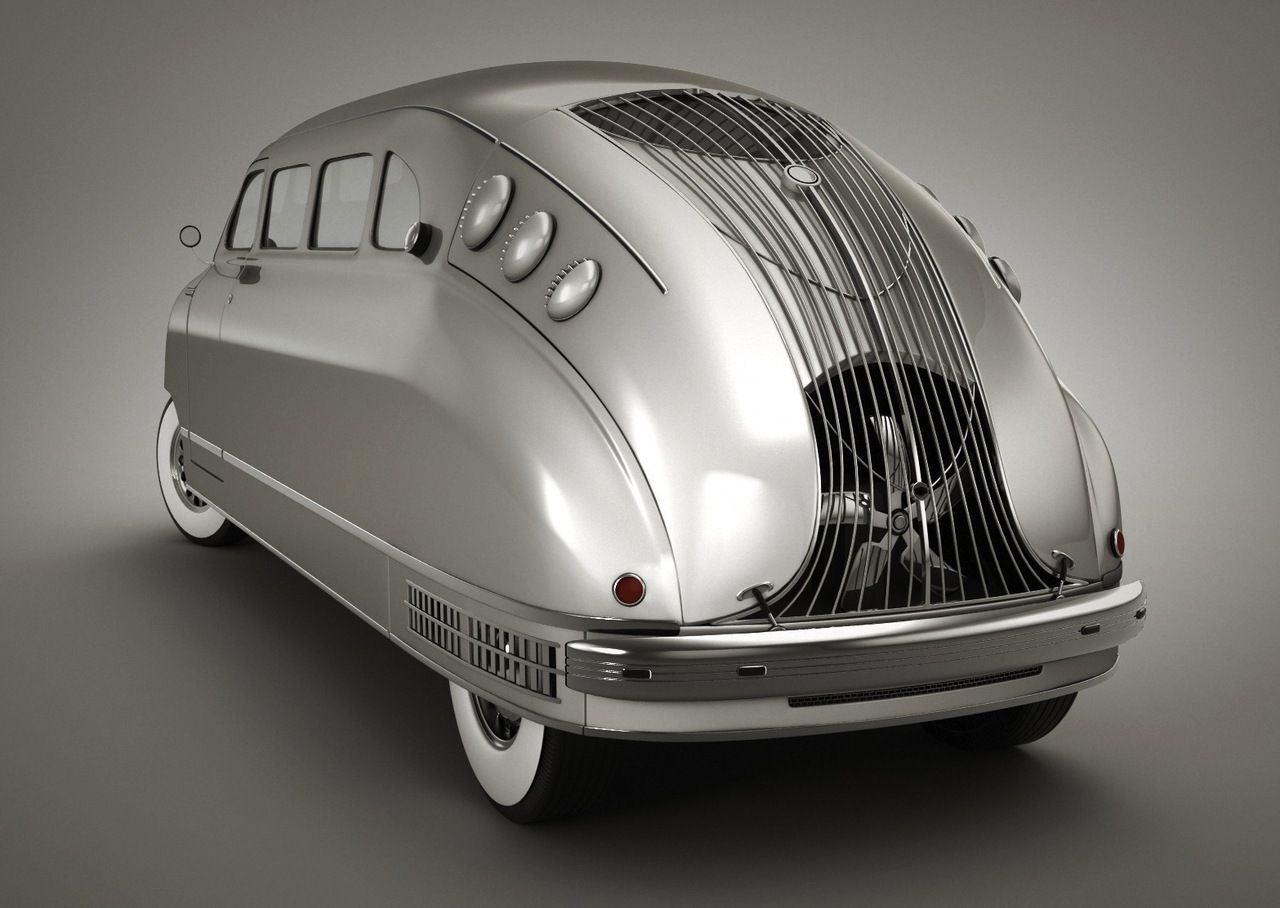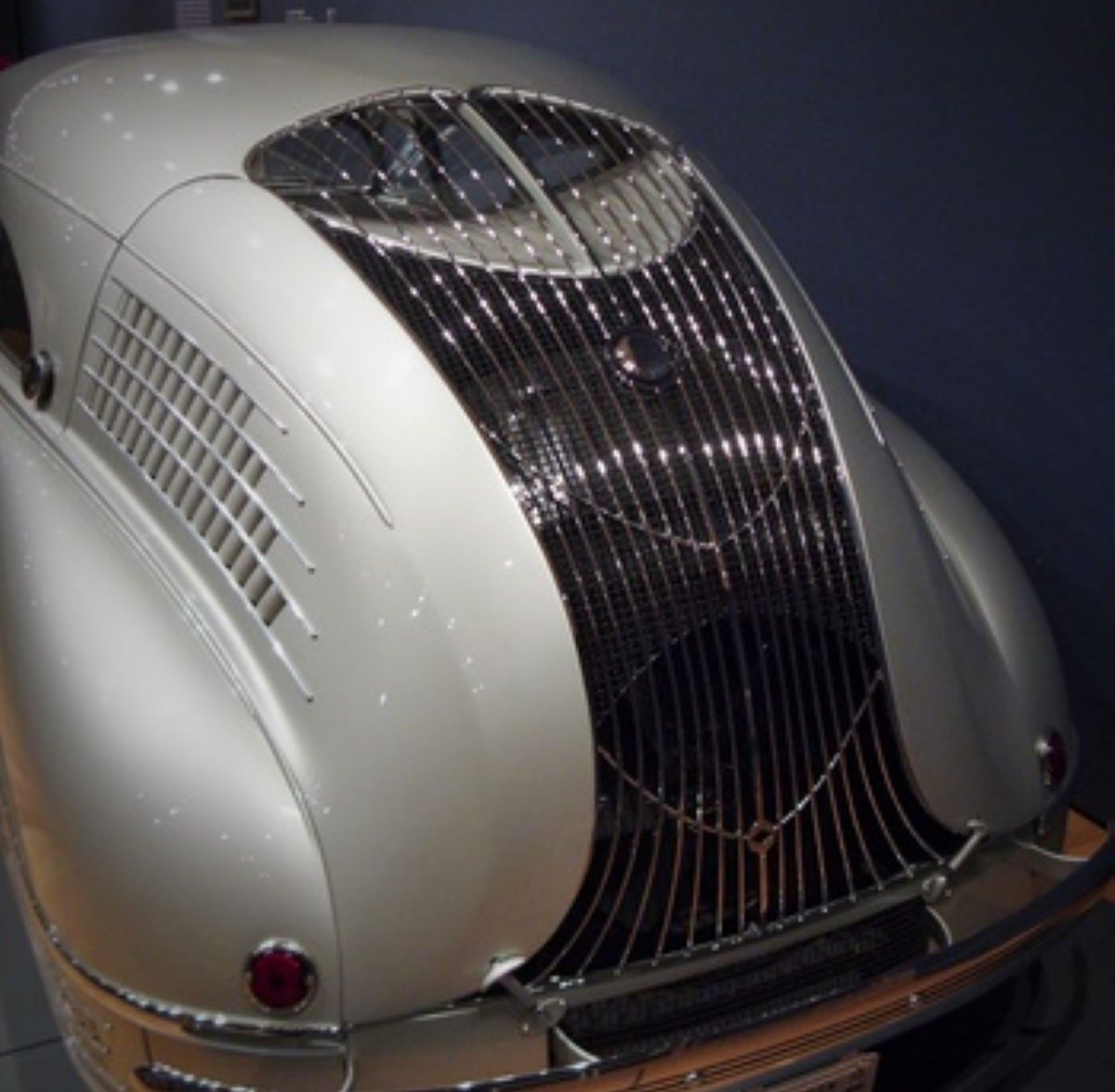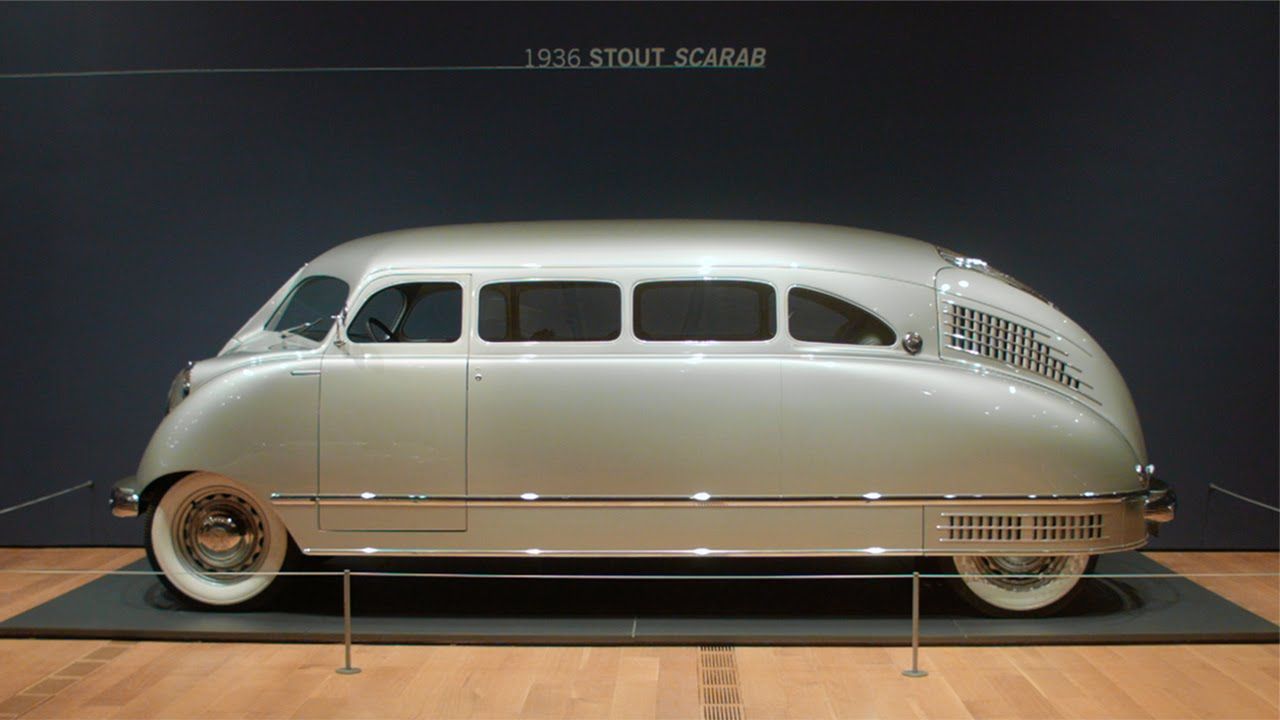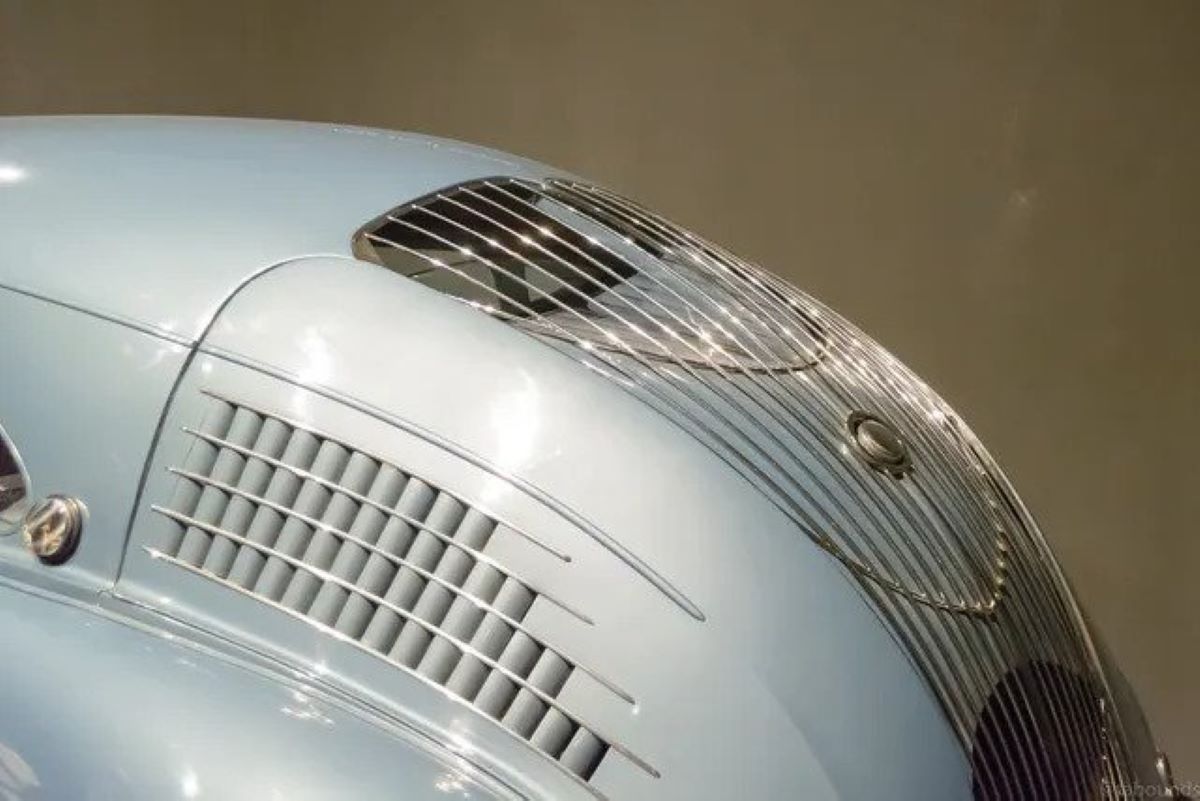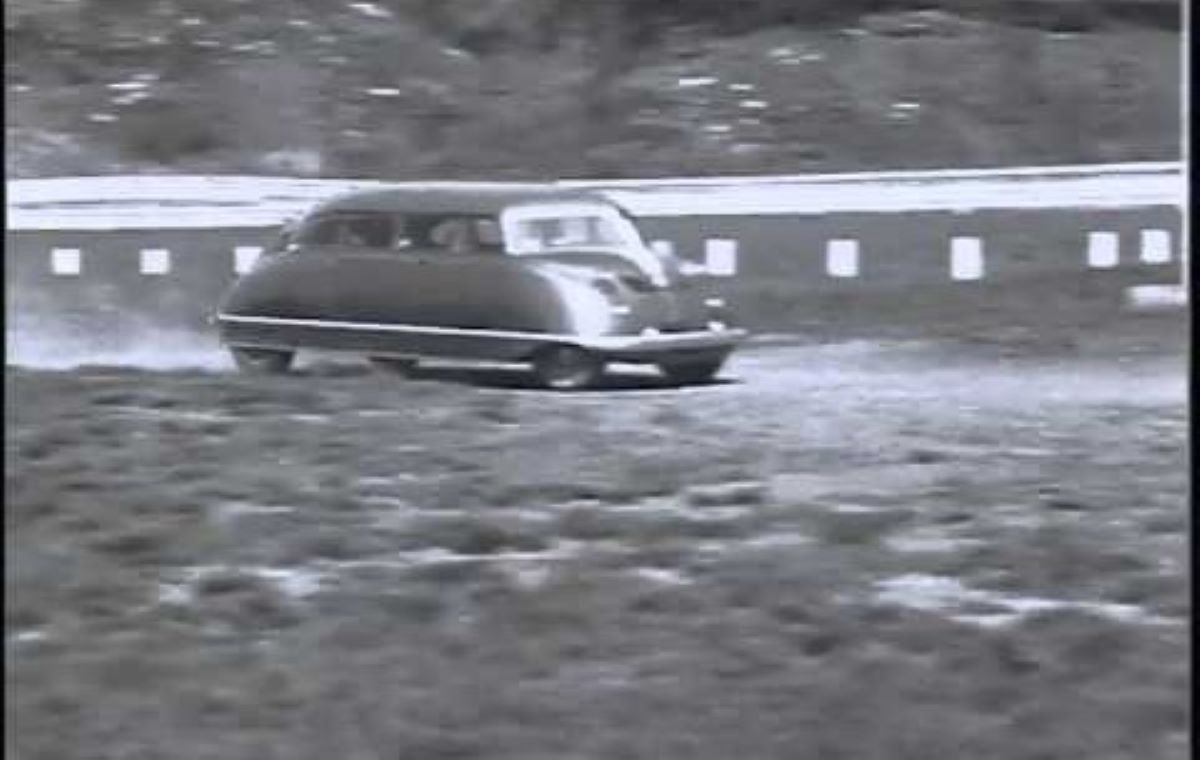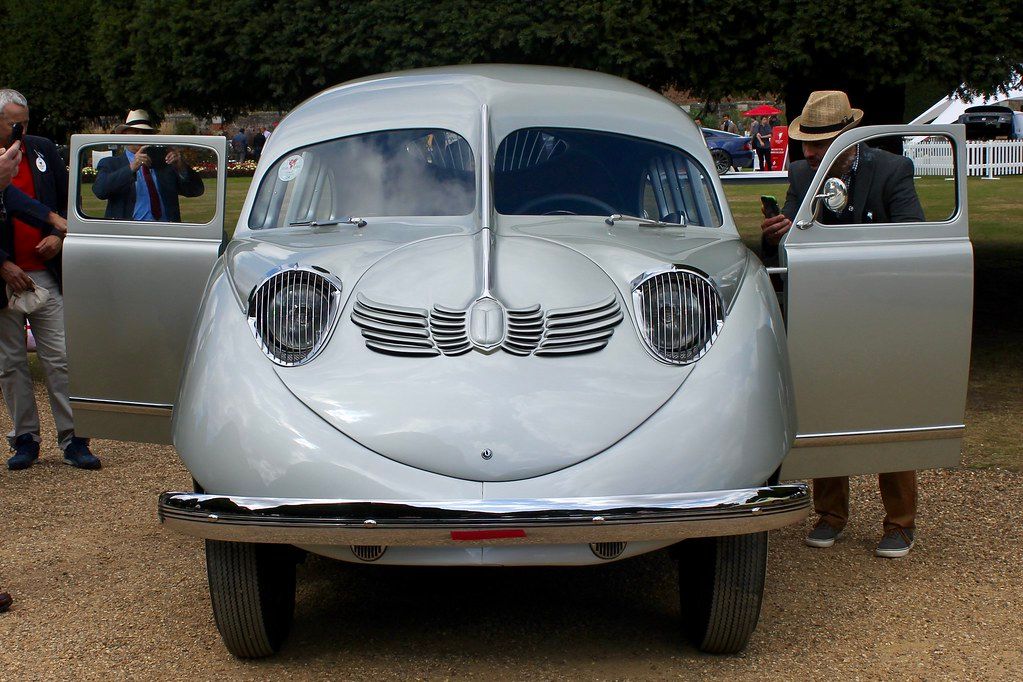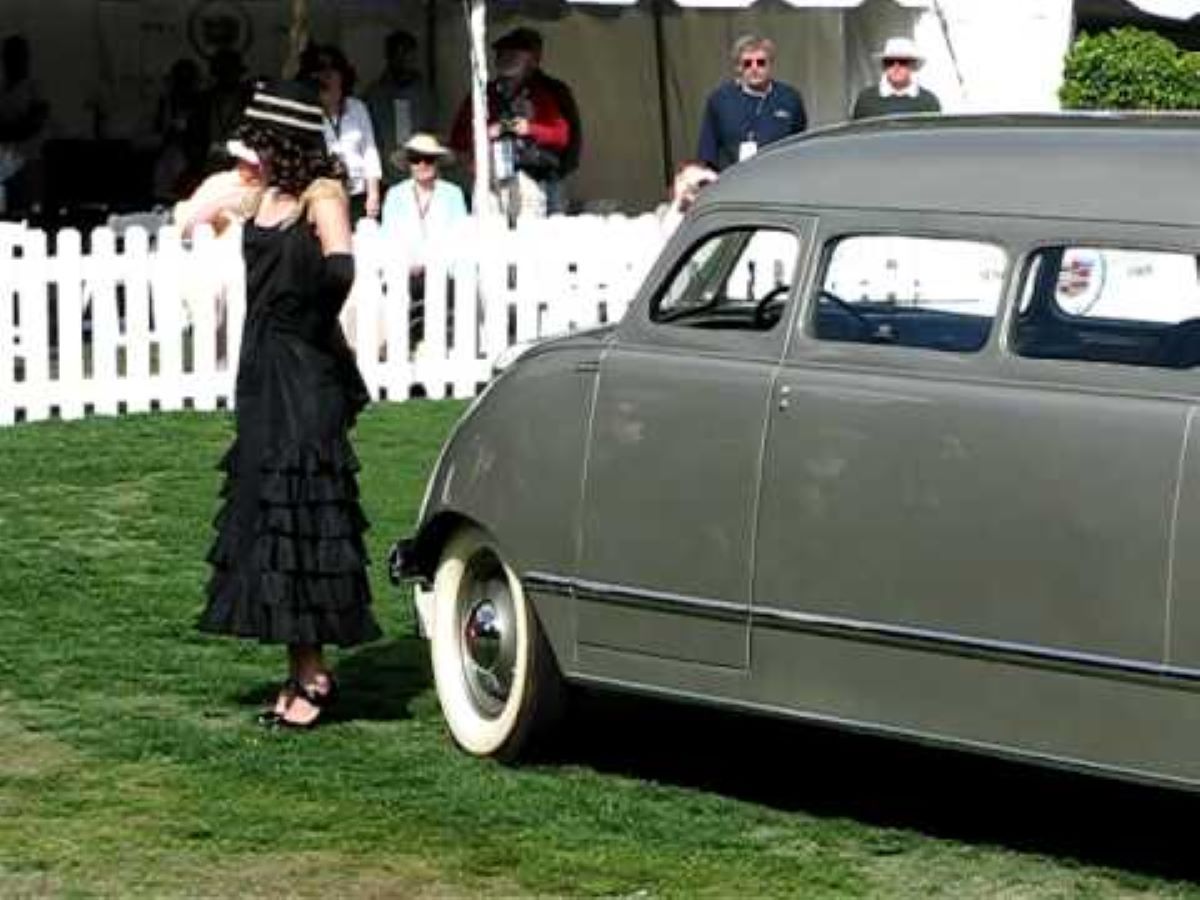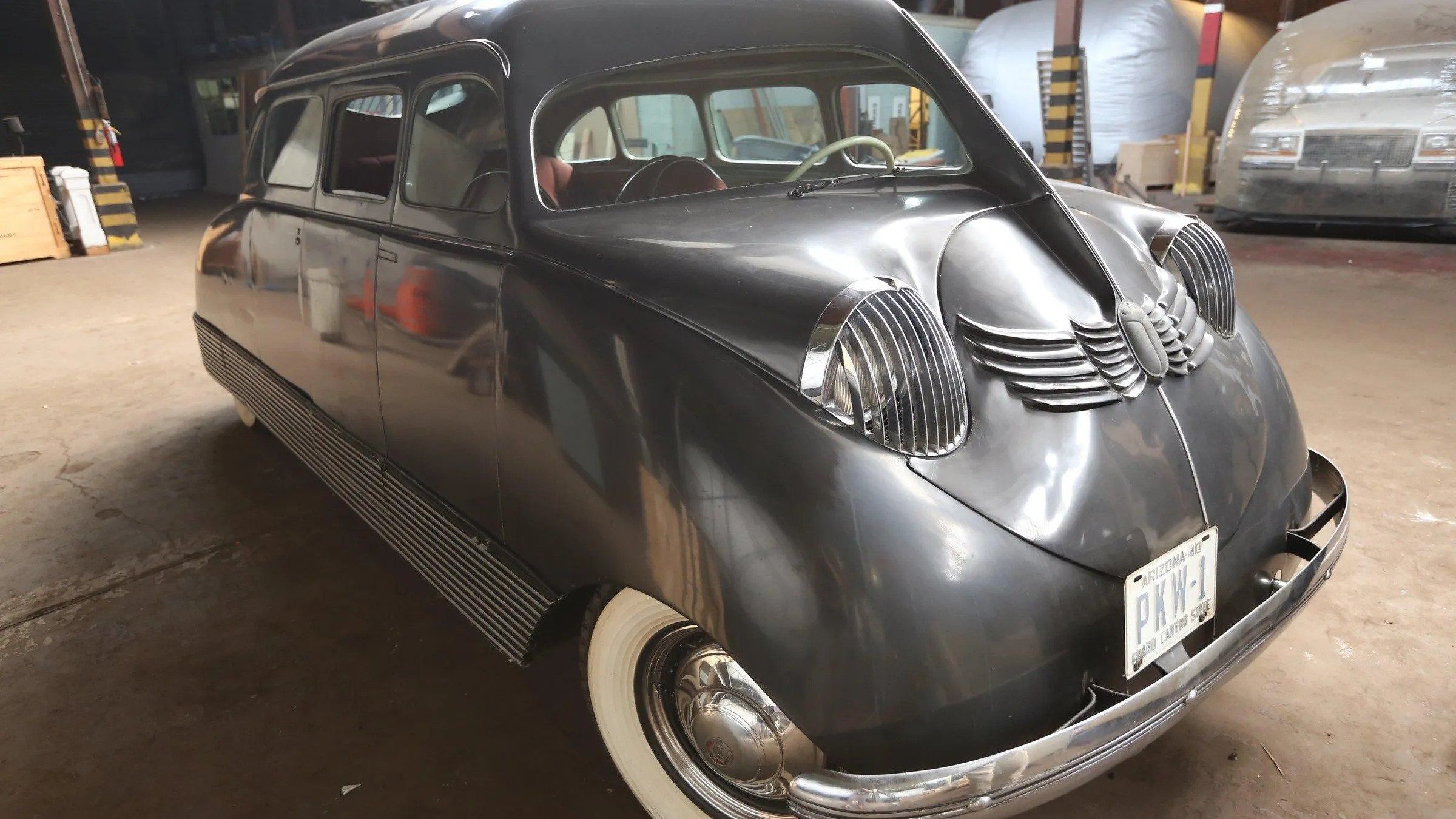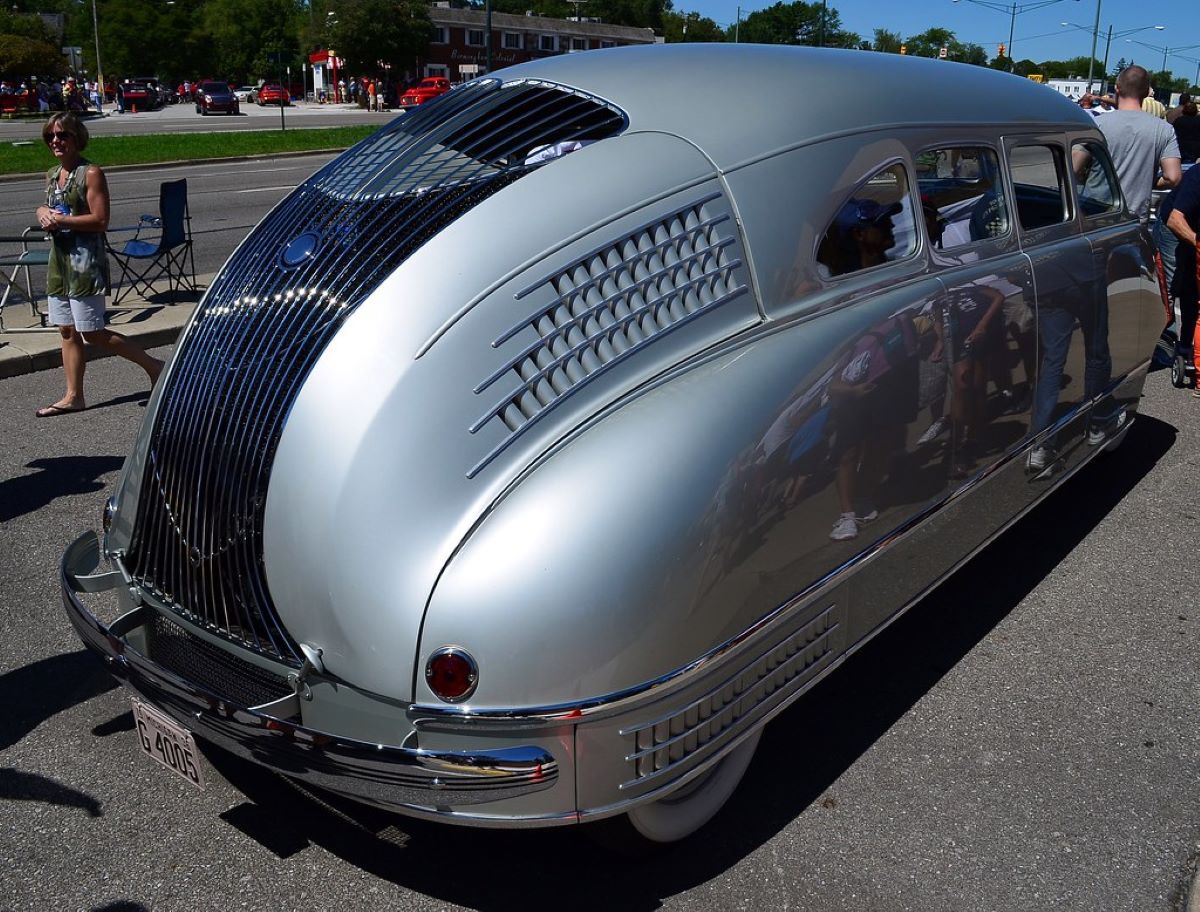The Stout Scarab is among one of the most bizarre American cars ever made. For its time, it was revolutionary, arguably the world's first Minivan. But there is more to this story than that. William Bushnell Stout was its designer. Not only was he making strides with the Scarab, but he was also an innovator in the aviation industry.
The Stout Scarab is a unique and remarkable vehicle for its time. It may resemble a beetle in its shape, but when you see the interior with its card table and rear sofa, you are transported back to a 1930s world of card playing and entertainment. Not only does it have a rear-mounted engine, but its suspension setup is notable. The world's top car brands in the 1920s were going to reinforce their domination in the thirties. But that didn't stop William Stout with the Scarab. Let's take a closer look at what we forgot about this unique classic car, the Stout Scarab.
10 It's A Typical 1930s American Car
Despite the devastation of the Great Depression, the '30s were a booming time for the automobile industry. We saw the introduction of Ford's Flathead V8, the Cadillac V16, and the Galvin brothers introduced their commercial car radio in 1930.
The times may have been dire, but still, luxury cars like the Duesenberg Model SJ arrived in 1932. Car designers in the '30s began to experiment. The General Motors legend Harley Earl was stamping his authority on the automobile industry, just need to look back at the Cadillac Madam X and see his influence. In general, many cars of the '30s, like the Stout Scarab, were big, bold and lavish, with more rounded bodies and sleek designs.
9 Designed By William B. Stout
William Bushnell Stout was born in Illinois in 1880. His career started with the Scripps-Booth Automobile Company, known for developing the Torpedo Roadster, that even included pushbutton door locks. He later worked with Packard Motor Car Company. As a result of his automotive career, Stout ventured into the aviation industry, being instrumental in the development of the Stout Batwing.
He started the Stout Engineering Laboratories after the war. But it was in the early-thirties when the Stout Scarab was born. It was the springboard for him to start the Stout Motor Company in 1934. Production of the Stout Scarab was now underway.
8 The Stout Scarab Stole The Show
The Stout Scarab was a weird and wonderful minivan that made history. The January 1936 (vol 65) edition of Popular Mechanics Magazine called it the "deluxe bullet on wheels", highlighting its rear engine. It was also advertised as a "challenge and a prophecy."
A prototype to this unique car was created in 1932. Three years later, a second prototype was completed. Stout was fully committed to the Scarab concept, even driving his own, and logging up to 250,000 miles. Its Art Deco design certainly captures our attention, as we are transported into Stout's engineering imagination.
7 The Futuristic Shape
William Stout's engineering motto was "simplicate and add more lightness." It may have referenced his Ford Tri-Motor airplane, but it also seems to apply to the Stout Scarab. This lines of the Scarab were clean, economical, and aerodynamic.
The curves on the front of the Scarab, resembling the scarab beetle after which it was named, ascend to its long roof, which slopes gently toward the rear. The unique design at the front poignantly reminds us of the Scarab beetle. The headlight grilles complete the aesthetics. The rear of the car has the concealed rear window hidden behind a grille.
6 Has An Impressive Interior
The Stout Scarab may not be one of the most beautiful cars of the 1930s, but when you look inside the Scarab, you realize that this is like the inner world of an early office suite, with a folding table, made ready for a card game, the perfect retreat from the stresses of 1930s life, seating that could be reconfigured.
Looking up, you see the wicker-roof. The rear sofa transports you into a world where people of leisure reclined and smoked their cigars or even were caught up in a Black Mask magazine. The leather upholstery would catch the eye, not to mention the wood panelling.
5 Innovative Powertrain
For its time, the Stout Scarab was innovative in more ways than one. Doing away with the chassis and drive shaft in its design, the Scarab was powered by a Ford Flathead V8, located at the rear of the car, allowing for a low, flat floor.
The Ford Flathead V-8 could put out 95 horsepower and deliver 154 lb-ft of torque. The engine was matched with a three-speed manual transmission.
4 Futuristic Exterior Design
Passengers accessed the interior through a central passenger door, with its own push-button. The Stout Scarab was advertised as featuring flow-through ventilation with dust filter, powered door locks, thermostatically controlled heating and interior lighting.
Let's not forget that the Scarab had a 135-inch wheelbase and weighed in under 3,000 pounds. The Stout Scarab was not only an eye-catching construction, but was also a futuristic vehicle for its time.
3 No Side-View Or Rearview Mirrors
Getting behind the wheel of a Stout Scarab, you could accelerate from 0 to 60 mph in 15 seconds. You could also reach top speeds of 80 mph. In the Scientific American, Stout touted the Scarab as being safer, easier and more efficient to ride, highlighting the car's roominess.
One of the unique feature of the Scarab for its time was its all-wheel independent suspension setup. Overall, it offered a smooth ride. On the downside, the Stout Scarab does not have side-view or rearview mirrors. As for looking out the rear window, the grille covers it.
2 Limited Production
Stout's intention was to produce limited numbers of his Scarab. The dream was that a Dearborn factory in Michigan would eventually produce 100 Scarabs per year. But the cost of producing a Scarab was too much, coming in at $5,000, considering that house prices in the early thirties were less.
In the end, only nine Scarabs were produced at that time. Remember too, these cars were hand-built and each car was unique. Its production may have not been sustainable, but it certainly never diminished their unique charm.
1 The Legacy
Today, there are only five Stout Scarabs out of the nine that were produced. In 1946, an experimental prototype with a first ever fiberglass body with air suspension became the next chapter in this fascinating history of the Scarab. The Stout Scarab Experimental never saw the light of production.
There is no doubting the genius of William Stout. He was a pioneer, a visionary and a groundbreaking designer, reinforced by the Stout Scarab. The Scarab is not only considered the world's first Minivan, but with its rear-mounted engine, an interior that resembles a portable office, and the unique shape, the Scarab stamps its mark in the annals of automotive history.

